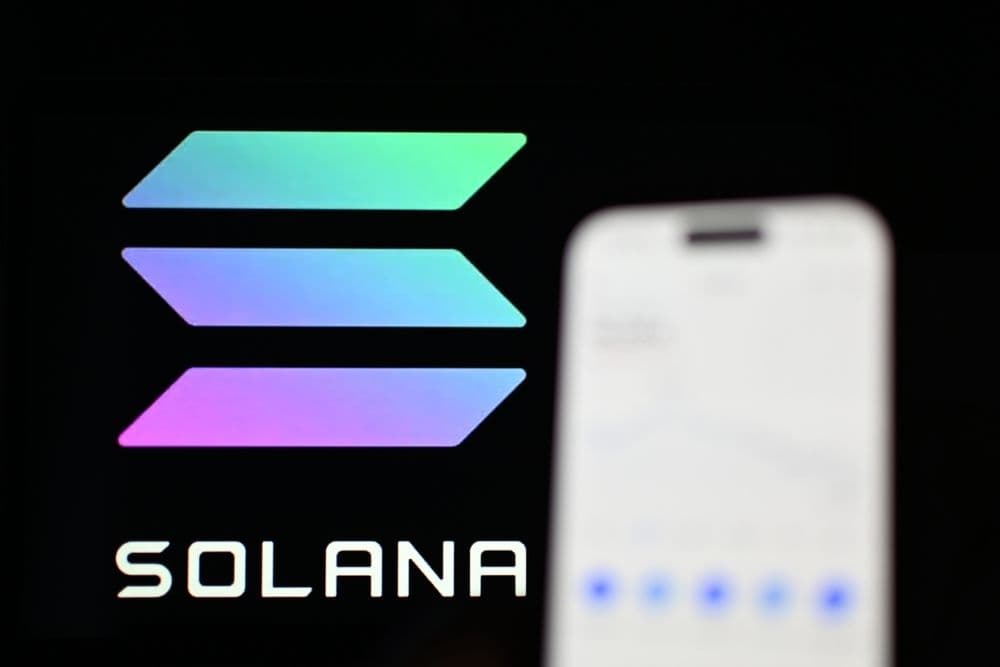 Stripe partners with Paradigm to launch Tempo, a high-speed blockchain designed for stablecoin payments. (Shutterstock)
Stripe partners with Paradigm to launch Tempo, a high-speed blockchain designed for stablecoin payments. (Shutterstock)Introducing @Tempo.
— Patrick Collison (@patrickc) September 4, 2025
At Stripe, we care about high-throughput, low-latency payments use cases. As the use of stablecoins (and crypto more broadly) grows across Stripe, Bridge, and Privy, we found that existing blockchains are not optimized for them.
For example, it's valuable…
Details about Tempo indicate that Stripe is designing the network as enterprise-ready infrastructure rather than a consumer-facing experiment. The blockchain is expected to be compatible with Ethereum’s Virtual Machine, giving developers the ability to adapt existing smart contracts and tools with relative ease. This approach positions Tempo to integrate into the broader Web3 ecosystem while being tailored to Stripe’s core focus on payments.
Tempo is the latest step in Stripe’s gradual expansion into digital assets. Over the past two years, the company has added stablecoin infrastructure through the acquisition of Bridge, a platform focused on issuance and integration and strengthened its user-facing capabilities by bringing in Privy, a provider of simplified crypto-wallet technology. Combined with the launch of Tempo, these moves give Stripe a vertically aligned stack that spans from issuance to wallets to transaction processing.
Tempo is described as a purpose-built network, developed independently rather than forked from an existing chain and tailored for payment applications. It is expected to pursue very high transaction throughput with near-instant settlement and a structure that supports stablecoin-based fees instead of relying on a native token. The design also includes mechanisms to ensure neutrality among different stablecoin issuers, with built-in exchange functionality to support balance across the ecosystem.
Tempo arrives at a time when stablecoins are rapidly growing. The global market capitalization is estimated at around $290 billion, underscoring their expanding role in digital finance. In the United States, the GENIUS Act, signed into law in July, has introduced the first federal regulatory framework for stablecoins, giving corporations more certainty to build around this asset class. For Stripe, the shifting landscape provides an opportunity to extend its vertically integrated payments strategy by moving beyond traditional rails and embedding stablecoin settlement directly into its infrastructure.
While the broad vision for Tempo is clear, certain design details are still in development. Stripe and Paradigm have yet to outline whether the network will feature its own token, how governance will be structured, or what level of decentralization will be prioritized at launch. Pricing and fee models are also expected to be defined as the project matures, including how they may compare with Stripe’s existing services and with public blockchains that already process transactions at very low cost.
Tempo ultimately reflects the culmination of Stripe’s systematic expansion into stablecoin infrastructure, from issuance to wallets to processing, allowing the company to optimize performance, compliance, and economics for enterprise clients. For Paradigm, this venture advances its model of nurturing foundational Web3 tools and platforms; while it previously incubated projects like Foundry and Artemis, Tempo represents a significant elevation in scale and strategic real-world impact.
If successful, Tempo could challenge not only other stablecoin-native chains such as Circle’s Arc, but also conventional payment networks, introducing new rails built around digital currencies rather than fiat.

SKR debuts January 2026 as Solana Mobile grows its vision

OpenAI hits “code red” as pressure rises on ChatGPT

Wormhole launches “Sunrise” to bring MON to Solana

Abu Dhabi fund boosts Bitcoin ETF threefold